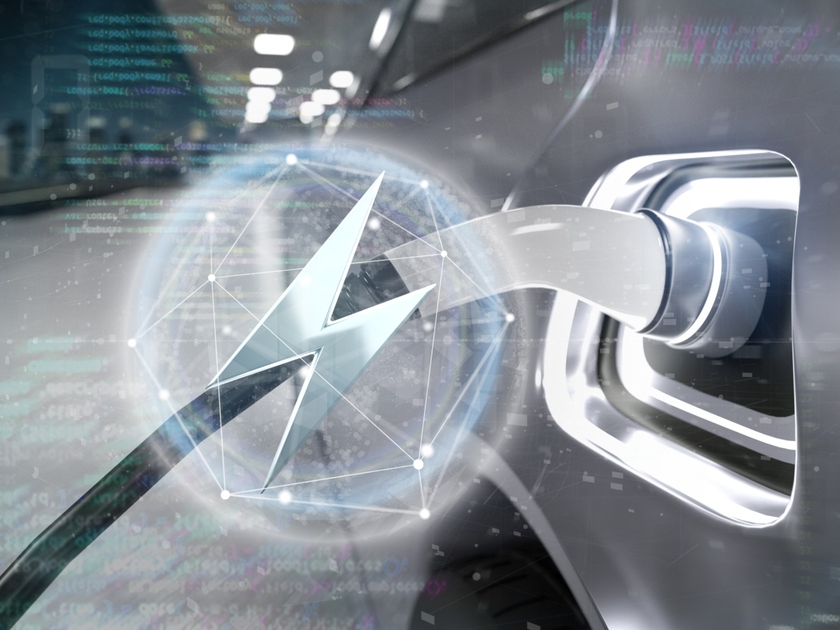The electrification of fleet vehicles is rapidly accelerating, driven by lower battery costs, government incentives and industry partnerships. By 2030, the share of electric fleet vehicles is projected to grow from less than 1% to 12%, according to Trellis Group. As electric vehicle (EV) adoption grows, so does the need for optimized fleet operations. That’s where artificial intelligence (AI) and the Internet of Things (IoT) come in. These cutting-edge technologies advance EV fleet safety, reliability and efficiency by providing the following benefits.
Monitoring and enhancing battery performance
IoT-enabled charging stations revolutionize EV battery management. They collect valuable data on charging status, energy consumption and grid conditions. AI algorithms analyze this data to optimize charging schedules based on factors such as electricity prices, vehicle usage patterns and grid load.
For example, AI algorithms may prioritize charging for EVs with imminent assignments while delaying others to take advantage of off-peak electricity rates. This prioritization decreases operational costs and contributes to grid stability. AI-powered systems ensure your fleet is always ready to hit the road by preventing grid overload during peak hours and maximizing charging efficiency.
Predictive maintenance
IoT sensors gather real-time data on various vehicle components, such as engines, brakes and batteries. AI algorithms then evaluate the collected data to identify potential issues before they become expensive problems. For instance, if the sensors detect unusual vibrations in the brake system or a drop in battery performance, you will be alerted before these issues lead to costly breakdowns. This proactive approach helps to minimize unexpected downtime, reduce maintenance costs and extend the life of your EVs.
Driver safety
Advanced Driver Assistance Systems (ADAS) leverage AI to detect and avoid road obstructions, hazards and other dangers. By processing data from cameras and sensors, ADAS can alert drivers to things like potential collisions and lane departures, helping to prevent accidents.
Additionally, IoT sensors can monitor driver behavior, tracking factors such as acceleration, braking patterns and adherence to speed limits. This data can be used to pinpoint areas for improvement in driving efficiency and safety. If the data shows frequent hard braking, it might indicate aggressive driving that could be addressed through additional training or coaching.
Real-time fleet visibility
IoT technology provides unprecedented visibility into fleet operations. GPS tracking offers real-time location data for each vehicle, allowing you to oversee routes and respond quickly to any deviations or emergencies. If a vehicle is stuck in traffic or has strayed from its planned route, you can quickly make adjustments to avoid delays and keep the fleet running smoothly.
Route optimization
Route planning is essential for minimizing energy consumption and maximizing fleet efficiency. AI algorithms analyze real-time traffic data and other variables, such as weather conditions, to calculate optimal routes, reducing energy costs and improving drive times.
By adopting AI and IoT solutions, you can stay ahead of the curve in the rapidly evolving landscape of electric fleet management.

